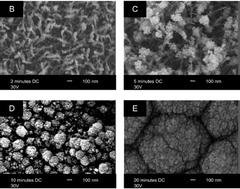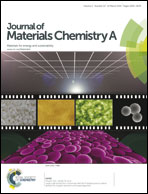Advances in thermochromic vanadium dioxide films
Abstract
Vanadium dioxide is a thermochromic material that undergoes a semiconductor to metal transitions at a critical temperature of 68 °C. This phase change from a low temperature monoclinic structure to a higher temperature rutile structure is accompanied by a marked change in infrared reflectivity and change in resistivity. This review presents the fundamental chemical principles that describe the electronic structure and properties of solids, and the chronological developments in the theory behind the thermochromic transitions such as, the effects of electron–electron interactions and structural phase changes due to lattice distortions. An extensive discussion and observations on the current understanding of the nature of the semiconductor-to-metal transition exhibited by vanadium dioxide is detailed. The possibility of manipulating the transition temperature by introducing various dopants, additional layers or by size effects into the vanadium dioxide lattice are examined. Thermochromic vanadium dioxide materials may be exploited in areas such as microelectronics, data storage, or intelligent architectural glazing, thus are required to be synthesised as thin films for use in such applications. The numerous synthetic techniques (physical vapour deposition, sol–gel method, pulsed laser deposition, chemical vapour deposition), for making metal oxide thermochromic thin films are described in reference to the production of vanadium dioxide with a particular focus on recent results.


 Please wait while we load your content...
Please wait while we load your content...